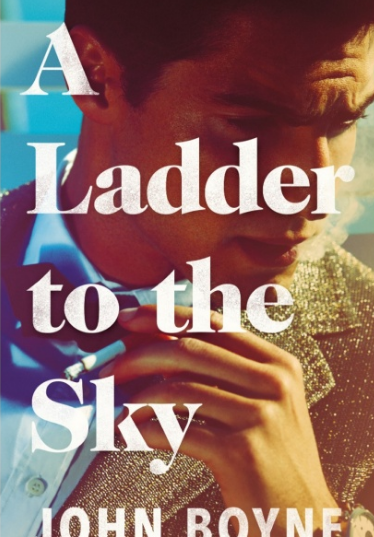Sometimes in life, we face situations which flummox us. Maybe the retelling of an incident. Maybe an explanation of some sort. They make us go, “Lord, where do I even begin?” That’s the question that’s been running through my head every time I sit down to begin reviewing “A Little Life,” the 700+ page tome by Hanya Yanagihara. A power-packed, melancholic, and intricate story of four friends, but chiefly focusing on one of them named Jude, and his relationship with another named Willem.
Yanagihara’s story had a hold on me. I couldn’t put it down. And going by the reviews on the Internet, I wasn’t alone. Many readers reported how “the book stayed with them” for a few days after they finished reading it. I couldn’t stop thinking about Jude and Willem and Harold and Andy for the next two days. It was as if I knew them intimately. Very, very few books that I have read, have had such powerful writing where the characters and the general mood linger long after I have turned the last page.
The beginning of the book reminded me of Donna Tartt’s “The Secret History” with its university setting, a group of thick friends, and the easy banter with just a hint of uneasiness rising when certain topics are brought up. Like Jude’s background. None of the other three – Willem, JB, and Malcolm – or the reader, know anything about Jude including his community. We know that they had been friends through college, Malcolm wants to be a famous architect and he stays with his parents, JB is a painter and has a loving family, and Willem is an actor and is of European origin. Jude is struggling to make it as a lawyer. That’s all we know at the beginning.
The novel progresses slowly, and the focus turns to Jude after some time. While we learn about how others fare in life as well, it’s through Jude that we know. His story is revealed like a spool of thread unravelling bit by bit, and we see two sides of him. There is the Jude who has endured child abuse, sexual abuse, physical torture, cutting, and deep, deep emotional damage. There is the workaholic Jude who is a coldly logical, highly successful lawyer. The daytime Jude is brassy, focused, and wins every case that’s brought to him. The night time Jude is a cowering, self-questioning, self-hating little person who needs to cut himself regularly to keep his wits about himself. He is so marred and scarred that even when he is adopted by Harold and Julia, he is unable to respond to their loving gestures for the longest time.
There are bright moments. Willem’s enduring love for Jude, Malcolm and Andy’s unselfish care for Jude, and Harold and Julia’s tender acceptance of everything that Jude was and is, stipples the story with their warmth and light. But for most parts it’s dark, anxious, frightening at times, and even dreadful. Sometimes I wondered if it’s possible that all of this can happen to one human during a lifetime.
Yanagihara has fleshed out her principal characters giving them stories, explanatory behaviours, and characteristics. But Malcolm and JB fade after a point. Willem remains but we don’t know much about his background, except for the death of his brother that affected him at one point. We only can see that Willem is an extremely loving, patient, and understanding friend and partner who hasn’t let his fame go to his head. Then there’s Jude who fills the book with his frail frame and his broken personality.
The writing is exquisite, and there is a precise penning down of the thoughts that a lot of us have but are never really spoken out much. Take the following passage for example –
“There had been periods in his twenties when he would look at his friends and feel such a pure, deep contentment that he would wish the world around them would simply cease, that none of them would have to move from that moment when everything was in equilibrium and his affection for them was perfect. But, of course, that was never to be: a beat later, and everything shifted, and the moment quietly vanished.”
The issues that Yanagihara touch upon speak volumes about the current cultural zeitgeist. Relationship angst, anxieties about careers, and worries about the quality of life itself. But above all, friendships and a questioning of the existing social fabric –
“But how was one to be an adult? Was couplehood truly the only appropriate option?”
“He took pleasure in his friendships, and it didn’t hurt anyone, so who cared if it was codependent or not? And anyway, how was a friendship any more codependent than a relationship? Why was it admirable when you were twenty-seven but creepy when you were thirty-seven? Why wasn’t friendship as good as a relationship? Why wasn’t it even better? It was two people who remained together, day after day, bound not by sex or physical attraction or money or children or property, but only by the shared agreement to keep going, the mutual dedication to a union that could never be codified.”
I could go on quoting. Perspicacious passages like these abound, and these are questions that I have wondered about time and again but never could put down in such beautiful words. Read “A Little Life” and go down paths that are lovely, dark, and deep. You might get lost, feel pain, experience happiness, and be amazed. My review is a bit disjointed. But that’s how the story is. That’s what life is.
Verdict: Grab a copy now.
Rating: 4.8/5
A version of my review appears in Pure M magazine as well.



